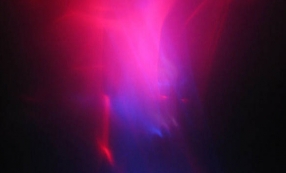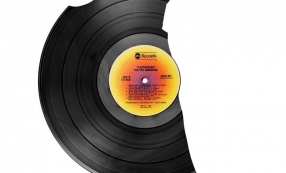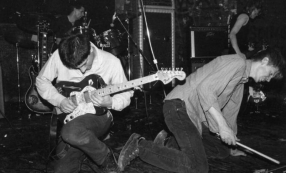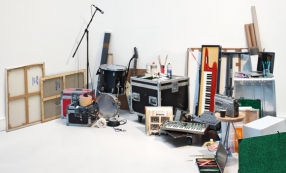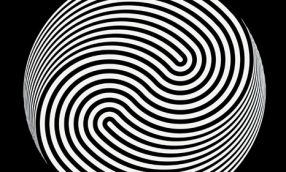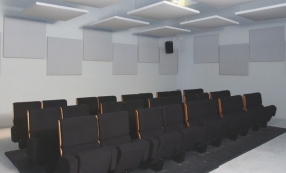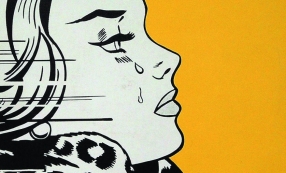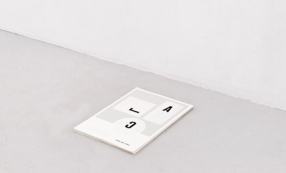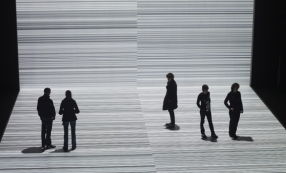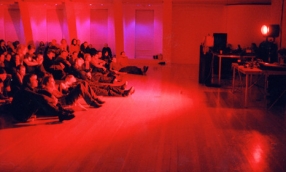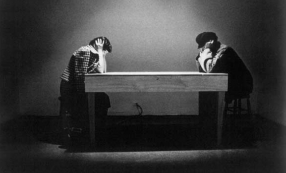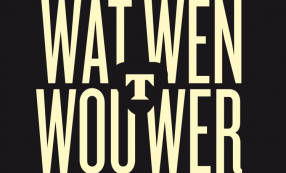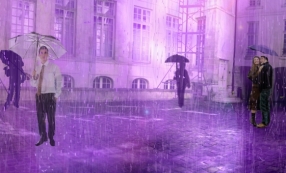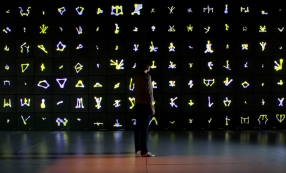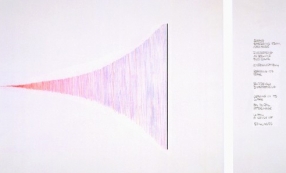
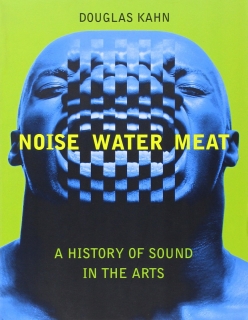
From Publishers Weekly
"Sound saturates the arts of this century," writes Kahn, a professor of media arts at the University of Technology in Australia, in an illuminating but densely theoretical study of sound in 20th-century literature and art. Kahn begins by considering the early experiments at the Cabaret Voltaire of dadaist poets Richard Huelsenbaeck, Marcel Janco and Tristan Tzara, whose poetic and "musical" performances were intended to achieve a Rimbaudian "alchemy of the word." He then analyzes how noiseAin the form of screams and bomb blastsAfunction in such prose texts as Remarque's All Quiet on the Western Front. But the artistic hero of the book is John Cage, whose monumental works with water provide the theme for the central portion of the book. Kahn devotes considerable energy to arguing that Cage's Water Music of 1952 was at least as revolutionary as his silent pieces. "Pollock's dripped and poured paintings and Cage's water sounds," he writes, "heralded a larger concurrence of fluidity, water, sound and performance" in the arts for years to come. This leads to a discussion of postmodern American composers, including LeMonte Young and Tony Conrad, who chose extreme amplifications of noise to bring the auditors back to "silence" once their ears stopped ringing. As for the "meat" part of the title, it comes from another source of theoretical inspiration to Kahn, William Burroughs's idea of "schlupping," defined as the sound of "soft innards being sucked out of a body," which is how the reader may feel attempting to get through this incisive but difficult book. (Oct.)
Copyright 1999 Reed Business Information, Inc. --Ce texte fait référence à une édition épuisée ou non disponible de ce titre.
From Library Journal
The role of sound in the spectrum of artistic disciplines is one of unique and boundless dimensions. In his new book, Kahn (media arts, Univ. of Technology, Sydney, Australia) examines the history, philosophies, politics, patterns, technology, sociology, and impact of sound in art. Emphasizing that "none of the arts is entirely mute," he surveys the potential equality of aural and visual in the artistic hierarchy, the influence of aurality on various forms of art and cultural thought (and vice versa), the fluid boundaries between the concepts of noise and music, and Western vs. Eastern definitions of the voice. He covers everything from the poetry of Kerouac, the films of Bunuel, the compositions of John Cage, and the paintings of Jackson Pollock to dripping water and body sounds. Kahn's research is impressive, and his presentation is thorough and precise. Although certainly not for the casual reader, this volume will be an asset to scholarly and academic collections.ACarol J. Binkowski, Bloomfield, NJ
Copyright 1999 Reed Business Information, Inc. --Ce texte fait référence à une édition épuisée ou non disponible de ce titre.
Les autres ouvrages
Chargement des ouvrages...
